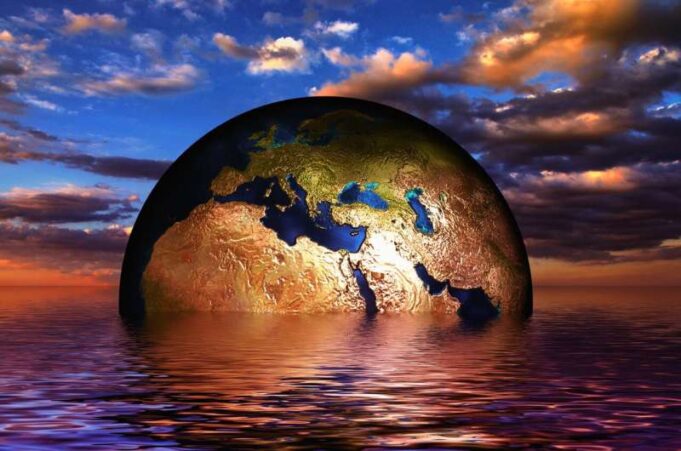At the 21st World Climate Conference (COP21) held in Paris in 2015, all countries agreed for the first time to limit climate change with their own reduction targets for greenhouse gases. Before that, only the developed countries had to reduce greenhouse gases—countries like China, India, and South Korea were not obliged to do so.
In order to persuade developing and emerging countries to set their own reduction targets, industrialized countries had already pledged generous and continuing financial resources prior to 2015. Support for climate protection and adaptation was to reach 100 billion US dollars annually from 2020. It was a central promise that made the Paris Climate Agreement possible.
At the 27th World Climate Conference (COP27) in Egypt, which is now running for two weeks, climate finance is once again a dominant topic. The fact that the funds have not yet flowed as generously as once promised has already caused a tense atmosphere in the run-up to the conference.
According to the OECD, the highest level to date was reached in 2020 with 82 billion US dollars. Civil society has been criticizing for some time that the payments reported by the donor countries are clearly lagging behind the targets. In the meantime, however, it has become increasingly clear how much reality and promises have diverged.








